Texas, the ‘Lone Star State,’ is the second-largest state in the USA, covering more than 695,676 sq km (268,600 sq miles). Spain was the first European power to lay claim to Texas; the State also flew the flags of France and Mexico before gaining its independence in 1836. Texas borders Mexico along the Rio Grande and embraces vast mountain ranges and canyons to the west. Lakes, plantations and pine forests are found to the east; broad plains to the north; citrus groves, Gulf of Mexico beaches and low-lying alluvial plains to the south; and rolling hill country and clear natural springsat its heart. Its great wealth stems from its vast oil reserves. It has several booming cities: Dallas, El Paso, Fort Worth, Houston, San Antonio, and its capital city, Austin.
Originally a trading post, Dallas has grown into an important center for commerce and fashion. It has a glittering high-rise skyline, elegant stores, fine restaurants and a rich cultural life. Located in the Prairies and Lakes region, Dallas is a modern sophisticated city, yet still possesses the much-renowned Texan hospitality and southwestern charm. It is increasingly recognized for its cosmopolitan spirit and entrepreneurial flair.
Dallas is a city rich in historical sites and futuristic sights. The downtown area features shimmering glass towers and angled spires, whereas in the West End Historic District there are 100-year-old buildings now occupied by lively shops, restaurants and museums.
Much more ‘Western’ in spirit, Fort Worth started as a military outpost and then became a cow town where cattlemen brought their herds to be shipped. Much of the Old West is preserved in Fort Worth today and it continues to be a center for the cattle industry.
The fourth-largest city in the USA and the largest in Texas, Houston has a population of more than 1.9 million (its metro population of 4.7 million falls short of the 5.2 million in the Dallas/Fort Worth area, however). Houston has been the center of the US oil industry ever since ‘black gold’ was discovered at nearby Beaumont in 1901. The city is named after Texas hero General Sam Houston, the first President of the Republic of Texas. It is also the space headquarters of the USA and a thriving international port, being connected to the Gulf of Mexico by the 80km (50-mile) Houston Ship Channel.
The Dallas Cowboys (American football) play at the Texas Stadium and the Houston Texans began their inaugural season in 2002 under the new, retractable-roofed Reliant Stadium. The Dallas Burn (soccer) play at the Frisco Soccer & Entertainment Center, opened in 2005 while the Dallas Sidekicks play indoor soccer at the Reunion Arena (although they aren't playing for the 2004/5 season). The Texas Rangers play baseball at Americquest Field in Arlington and the Houston Astros play baseball at Minute Maid Park. The Dallas Stars play hockey at Dr Pepper Star Center. The Dallas Mavericks play professional basketball at the American Airlines Center. Other pro basketball teams are the Houston Rockets, who play in the new Houston Toyota Center, and the San Antonio Spurs, who play at SBC Center. Golf courses are available in and around Austin, Houston, Fort Worth, Dallas, Irving and San Antonio. The major cities also have many facilities for tennis, softball, running, cycling and polo.
Lone Star State.
Average temperature: 34-36ºC (93-96ºF) during summer; 12-14ºC (54-57ºF) during winter; and 19-22ºC (66-72ºF) for coastal winter temperatures.
Lightweights are advised throughout the year, with warmer clothes for the winter.
Dallas has clubs, cabarets, discos, singles bars and corner pubs, with music ranging from classical to jazz and from country to contemporary rock. Some clubs are listed as ‘private’ – they are located in a ‘dry’ area and membership (usually available for a nominal fee) is required to be served alcohol. There are also some comedy clubs sprinkled throughout the city and others offer comedy and drama while customers dine. Fort Worth also has a number of nightclubs, but the musical emphasis here is on country & western music. Billy Bob’s Texas, the world’s largest honky-tonk nightclub, with a 6000-person capacity, plays host to some of the biggest names in country music in addition to having live bull riding. For an authentic Old West experience, the White Elephant Saloon offers live western entertainment. Houston’s many nightspots range from big-name entertainment to supper club revues, pavement cafes, discos and singles bars. Bayou Place in downtown Houston is a popular night spot. Austin is noted for its nightly live music venues. Historic 6th Street takes on a lively atmosphere in the evenings as people go pub-crawling between venues catering for country & western, soul, R&B, rock ’n’ roll and jazz music. San Antonio offers all sorts of musical entertainment, including traditional ‘Tejano’ sounds, Dixieland jazz, symphony concerts, country & western and college music. The Paseo del Rio is the center for much of the city’s nightlife.
Originally a trading post, Dallas has grown into an important center for commerce and fashion. It has a glittering high-rise skyline, elegant stores, fine restaurants and a rich cultural life. Located in the Prairies and Lakes region, Dallas is a modern sophisticated city, yet still possesses the much-renowned Texan hospitality and southwestern charm. It is increasingly recognized for its cosmopolitan spirit and entrepreneurial flair.
Dallas is a city rich in historical sites and futuristic sights. The downtown area features shimmering glass towers and angled spires, whereas in the West End Historic District there are hundred-year-old buildings now occupied by lively shops, restaurants and museums. The McKinney Avenue Trolley rolls down red-brick streets. Old City Park is a pioneer community featuring homes, a church, a schoolhouse and Main Street as it was in the days of the original settlers. The 50-story Reunion Tower has a glass-elevator ride to observation terraces and a revolving restaurant with night-time dancing.
Dealey Plaza is the site of President John F Kennedy’s assassination and there is a dramatic exhibit of the event at the Sixth Floor Museum. The John F Kennedy Memorial at Main and Market Streets is open all year round. Popular attractions are the DeGolyer Estate, built by a rich oil baron and relocated to the grounds of the Dallas Arboretum and Botanical Garden, and Southfork Ranch, the home of the famous TV series’ Ewing clan. The Center for World Thanksgiving is a tranquil meditation garden with fountains and a contemporary chapel.
Amongst the city’s many other attractions is Fair Park, home to the Age of Steam Museum; Dallas Aquarium; the Museum of Natural History, with a superb dinosaur exhibition; the Texas Hall of State; and The Women’s Museum: An Institute for the Future. Favorite family activities include Six Flags Over Texas theme park, the Farmer’s Market and the Dallas Zoo, featuring ‘the Wilds of Africa’. Recreational facilities available in Dallas include paddleboating among the ducks on Bachman Lake and horse riding through the backwoods of a real Texan ranch.
The Historic Stockyards retain the flavor of the Old West. Daily cattle drives take place along Exchange Avenue in the Historic Stockyards. Sundance Square, located in downtown Fort Worth, is a vibrant entertainment district with a fine collection of hotels, shops, restaurants, live music clubs, theaters, movies and an exciting nightlife. There is also a log-cabin village, a zoological park and a Japanese garden. Museums include the Amon Carter Museum of Western Art, the Sid Richardson Collection of Western Art, the Fort Worth Art Museum, the National Cowgirl Museum and Hall of Fame and the Kimbell Art Museum. The Fort Worth Zoo highlights wildlife from different regions of the State in its ‘Texas Wild’ exhibit.
Downtown attractions include Sam Houston Historical Park, Tranquility Park and the Old Market Square. The Houston Zoo, in Hermann Park, is popular with children. The veteran, pre-World War I battleship, Texas, is moored on the San Jacinto River near the Battleground Monument, which marks the 1836 battle for Texan independence. The Lyndon B Johnson Space Center has exhibitions of space technology and stages regular film shows explaining the US space program. Six Flags AstroWorld is a family entertainment park with live shows, restaurants and rides; whilst next door is Six Flags WaterWorld, a water recreation park.
In 1836, the Alamo was the site of a furious battle between a handful of independence-seeking Texans (led by Davy Crockett) and a large Mexican army. Today it is a shrine to Texan courage and patriotism. The six-story-high IMAX Theater tells the whole story of the Alamo in a gripping film. The city’s Spanish heritage is visible at the San Antonio Missions National Historic Park, which comprises four Spanish missions, while the Institute of Texan Cultures tells the story of the region’s multicultural heritage. San Antonio is becoming a popular golf destination and is also home to two major theme parks – the world’s largest marine-life park, Sea World of Texas; and Six Flags Fiesta Texas, with what was until recently the world’s highest and fastest wooden rollercoaster.
Originally a trading post, Dallas has grown into an important center for commerce and fashion. It has a glittering high-rise skyline, elegant stores, fine restaurants and a rich cultural life. Located in the Prairies and Lakes region, Dallas is a modern sophisticated city, yet still possesses the much-renowned Texan hospitality and southwestern charm. It is increasingly recognized for its cosmopolitan spirit and entrepreneurial flair.
Dallas is a city rich in historical sites and futuristic sights. The downtown area features shimmering glass towers and angled spires, whereas in the West End Historic District there are 100-year-old buildings now occupied by lively shops, restaurants and museums.
Much more ‘Western’ in spirit, Fort Worth started as a military outpost and then became a cow town where cattlemen brought their herds to be shipped. Much of the Old West is preserved in Fort Worth today and it continues to be a center for the cattle industry.
The fourth-largest city in the USA and the largest in Texas, Houston has a population of more than 1.9 million (its metro population of 4.7 million falls short of the 5.2 million in the Dallas/Fort Worth area, however). Houston has been the center of the US oil industry ever since ‘black gold’ was discovered at nearby Beaumont in 1901. The city is named after Texas hero General Sam Houston, the first President of the Republic of Texas. It is also the space headquarters of the USA and a thriving international port, being connected to the Gulf of Mexico by the 80km (50-mile) Houston Ship Channel.
The Dallas Cowboys (American football) play at the Texas Stadium and the Houston Texans began their inaugural season in 2002 under the new, retractable-roofed Reliant Stadium. The Dallas Burn (soccer) play at the Frisco Soccer & Entertainment Center, opened in 2005 while the Dallas Sidekicks play indoor soccer at the Reunion Arena (although they aren't playing for the 2004/5 season). The Texas Rangers play baseball at Americquest Field in Arlington and the Houston Astros play baseball at Minute Maid Park. The Dallas Stars play hockey at Dr Pepper Star Center. The Dallas Mavericks play professional basketball at the American Airlines Center. Other pro basketball teams are the Houston Rockets, who play in the new Houston Toyota Center, and the San Antonio Spurs, who play at SBC Center. Golf courses are available in and around Austin, Houston, Fort Worth, Dallas, Irving and San Antonio. The major cities also have many facilities for tennis, softball, running, cycling and polo.
- Population
- Population Density
- Capital
- Time
- Nickname
Lone Star State.
Average temperature: 34-36ºC (93-96ºF) during summer; 12-14ºC (54-57ºF) during winter; and 19-22ºC (66-72ºF) for coastal winter temperatures.
Lightweights are advised throughout the year, with warmer clothes for the winter.
Dallas has clubs, cabarets, discos, singles bars and corner pubs, with music ranging from classical to jazz and from country to contemporary rock. Some clubs are listed as ‘private’ – they are located in a ‘dry’ area and membership (usually available for a nominal fee) is required to be served alcohol. There are also some comedy clubs sprinkled throughout the city and others offer comedy and drama while customers dine. Fort Worth also has a number of nightclubs, but the musical emphasis here is on country & western music. Billy Bob’s Texas, the world’s largest honky-tonk nightclub, with a 6000-person capacity, plays host to some of the biggest names in country music in addition to having live bull riding. For an authentic Old West experience, the White Elephant Saloon offers live western entertainment. Houston’s many nightspots range from big-name entertainment to supper club revues, pavement cafes, discos and singles bars. Bayou Place in downtown Houston is a popular night spot. Austin is noted for its nightly live music venues. Historic 6th Street takes on a lively atmosphere in the evenings as people go pub-crawling between venues catering for country & western, soul, R&B, rock ’n’ roll and jazz music. San Antonio offers all sorts of musical entertainment, including traditional ‘Tejano’ sounds, Dixieland jazz, symphony concerts, country & western and college music. The Paseo del Rio is the center for much of the city’s nightlife.
Originally a trading post, Dallas has grown into an important center for commerce and fashion. It has a glittering high-rise skyline, elegant stores, fine restaurants and a rich cultural life. Located in the Prairies and Lakes region, Dallas is a modern sophisticated city, yet still possesses the much-renowned Texan hospitality and southwestern charm. It is increasingly recognized for its cosmopolitan spirit and entrepreneurial flair.
Dallas is a city rich in historical sites and futuristic sights. The downtown area features shimmering glass towers and angled spires, whereas in the West End Historic District there are hundred-year-old buildings now occupied by lively shops, restaurants and museums. The McKinney Avenue Trolley rolls down red-brick streets. Old City Park is a pioneer community featuring homes, a church, a schoolhouse and Main Street as it was in the days of the original settlers. The 50-story Reunion Tower has a glass-elevator ride to observation terraces and a revolving restaurant with night-time dancing.
Dealey Plaza is the site of President John F Kennedy’s assassination and there is a dramatic exhibit of the event at the Sixth Floor Museum. The John F Kennedy Memorial at Main and Market Streets is open all year round. Popular attractions are the DeGolyer Estate, built by a rich oil baron and relocated to the grounds of the Dallas Arboretum and Botanical Garden, and Southfork Ranch, the home of the famous TV series’ Ewing clan. The Center for World Thanksgiving is a tranquil meditation garden with fountains and a contemporary chapel.
Amongst the city’s many other attractions is Fair Park, home to the Age of Steam Museum; Dallas Aquarium; the Museum of Natural History, with a superb dinosaur exhibition; the Texas Hall of State; and The Women’s Museum: An Institute for the Future. Favorite family activities include Six Flags Over Texas theme park, the Farmer’s Market and the Dallas Zoo, featuring ‘the Wilds of Africa’. Recreational facilities available in Dallas include paddleboating among the ducks on Bachman Lake and horse riding through the backwoods of a real Texan ranch.
- Fort Worth
The Historic Stockyards retain the flavor of the Old West. Daily cattle drives take place along Exchange Avenue in the Historic Stockyards. Sundance Square, located in downtown Fort Worth, is a vibrant entertainment district with a fine collection of hotels, shops, restaurants, live music clubs, theaters, movies and an exciting nightlife. There is also a log-cabin village, a zoological park and a Japanese garden. Museums include the Amon Carter Museum of Western Art, the Sid Richardson Collection of Western Art, the Fort Worth Art Museum, the National Cowgirl Museum and Hall of Fame and the Kimbell Art Museum. The Fort Worth Zoo highlights wildlife from different regions of the State in its ‘Texas Wild’ exhibit.
- Austin
- Excursions
- Houston
Downtown attractions include Sam Houston Historical Park, Tranquility Park and the Old Market Square. The Houston Zoo, in Hermann Park, is popular with children. The veteran, pre-World War I battleship, Texas, is moored on the San Jacinto River near the Battleground Monument, which marks the 1836 battle for Texan independence. The Lyndon B Johnson Space Center has exhibitions of space technology and stages regular film shows explaining the US space program. Six Flags AstroWorld is a family entertainment park with live shows, restaurants and rides; whilst next door is Six Flags WaterWorld, a water recreation park.
- San Antonio
In 1836, the Alamo was the site of a furious battle between a handful of independence-seeking Texans (led by Davy Crockett) and a large Mexican army. Today it is a shrine to Texan courage and patriotism. The six-story-high IMAX Theater tells the whole story of the Alamo in a gripping film. The city’s Spanish heritage is visible at the San Antonio Missions National Historic Park, which comprises four Spanish missions, while the Institute of Texan Cultures tells the story of the region’s multicultural heritage. San Antonio is becoming a popular golf destination and is also home to two major theme parks – the world’s largest marine-life park, Sea World of Texas; and Six Flags Fiesta Texas, with what was until recently the world’s highest and fastest wooden rollercoaster.
- Excursions
- The Gulf Coast
- The North & West
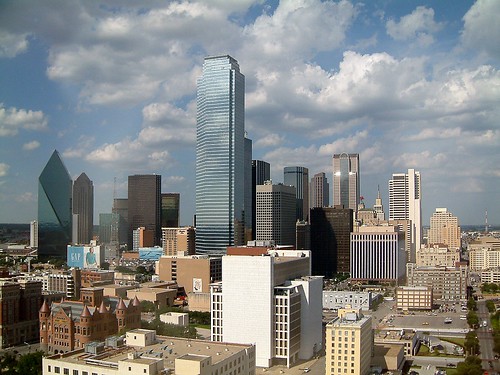
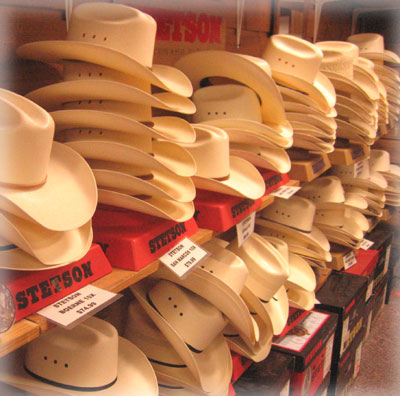

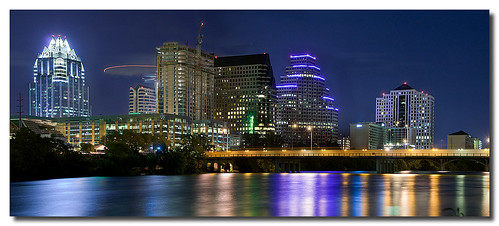
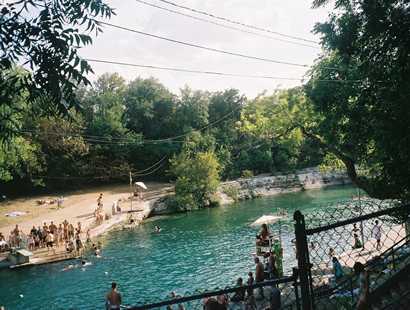
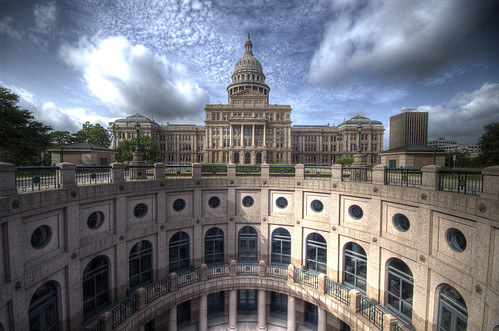



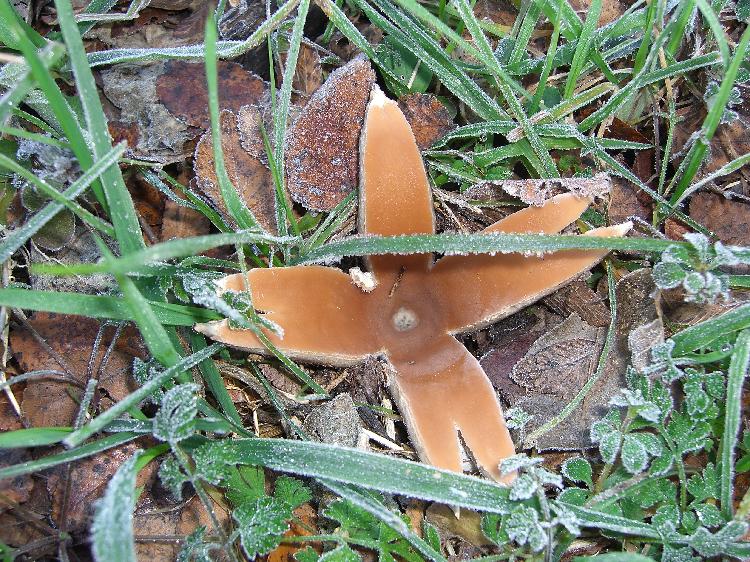



 5:50 AM
5:50 AM
 crkota
crkota



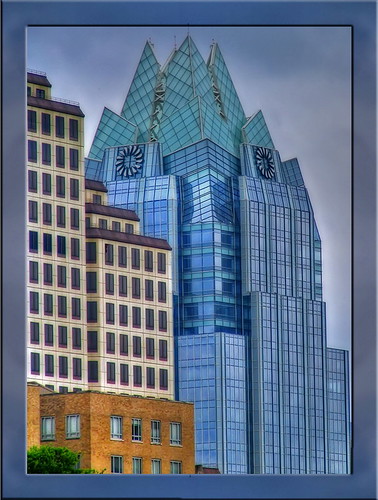
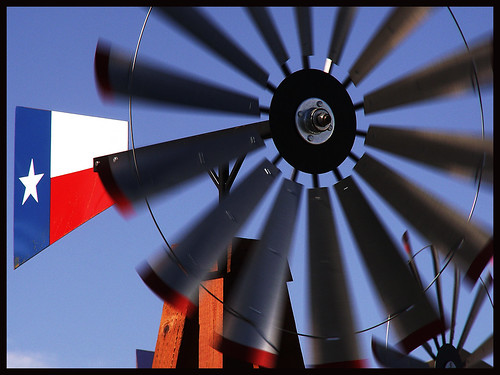


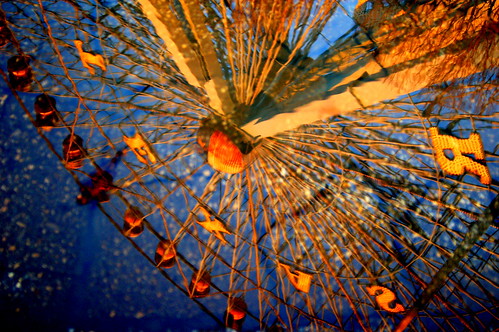

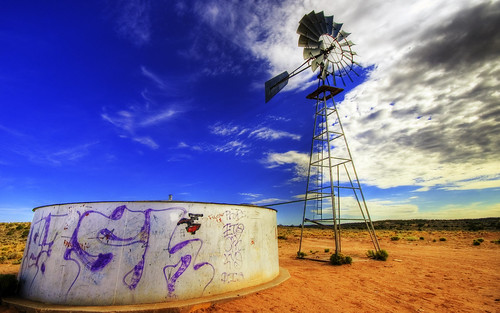

 Posted in:
Posted in: 

0 comments:
Post a Comment